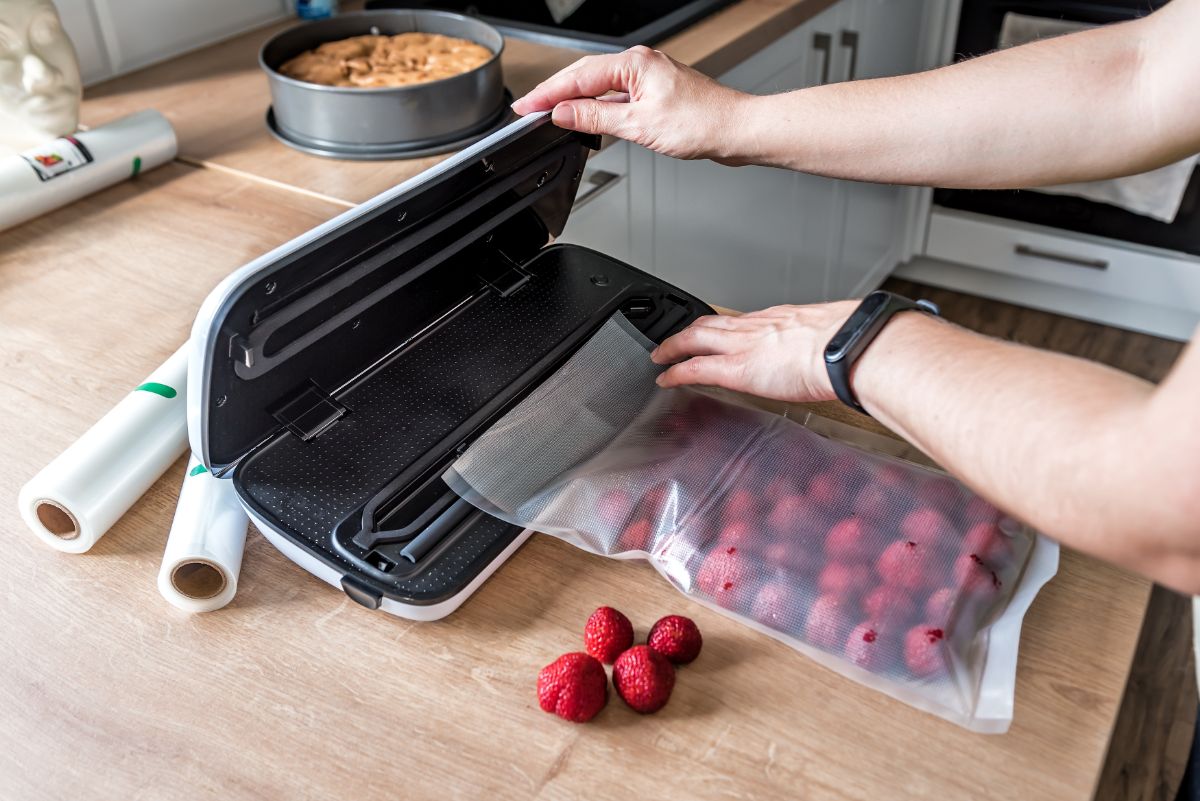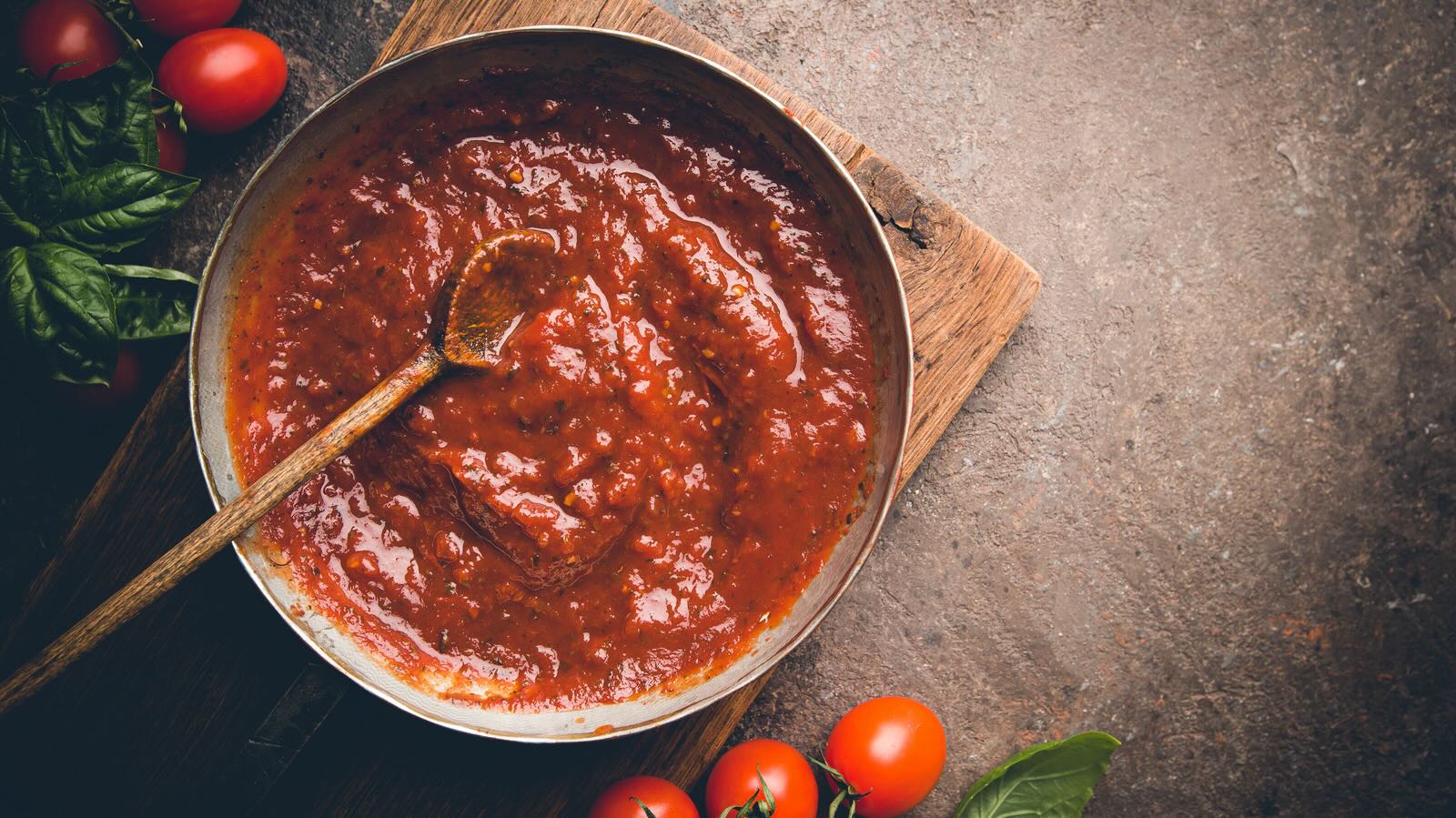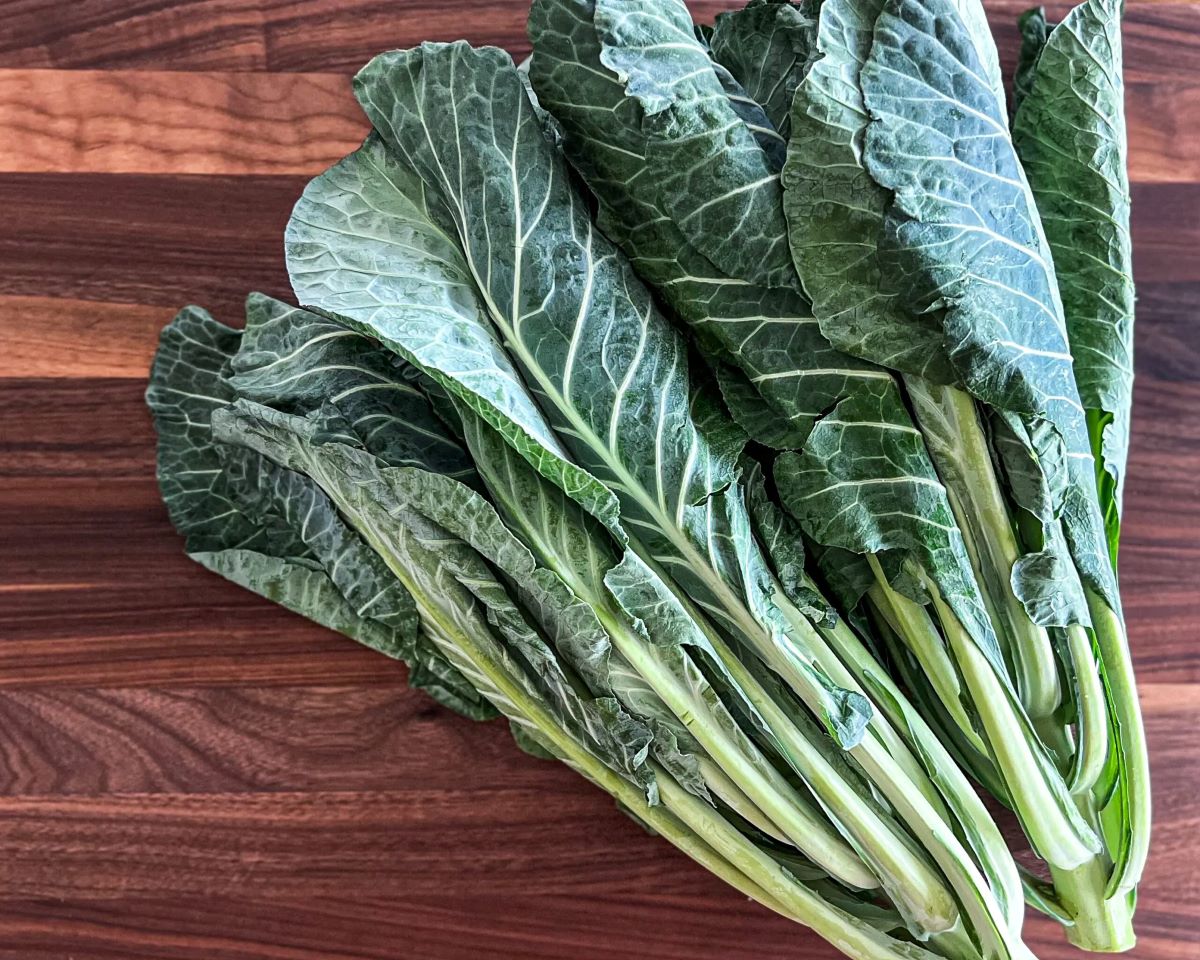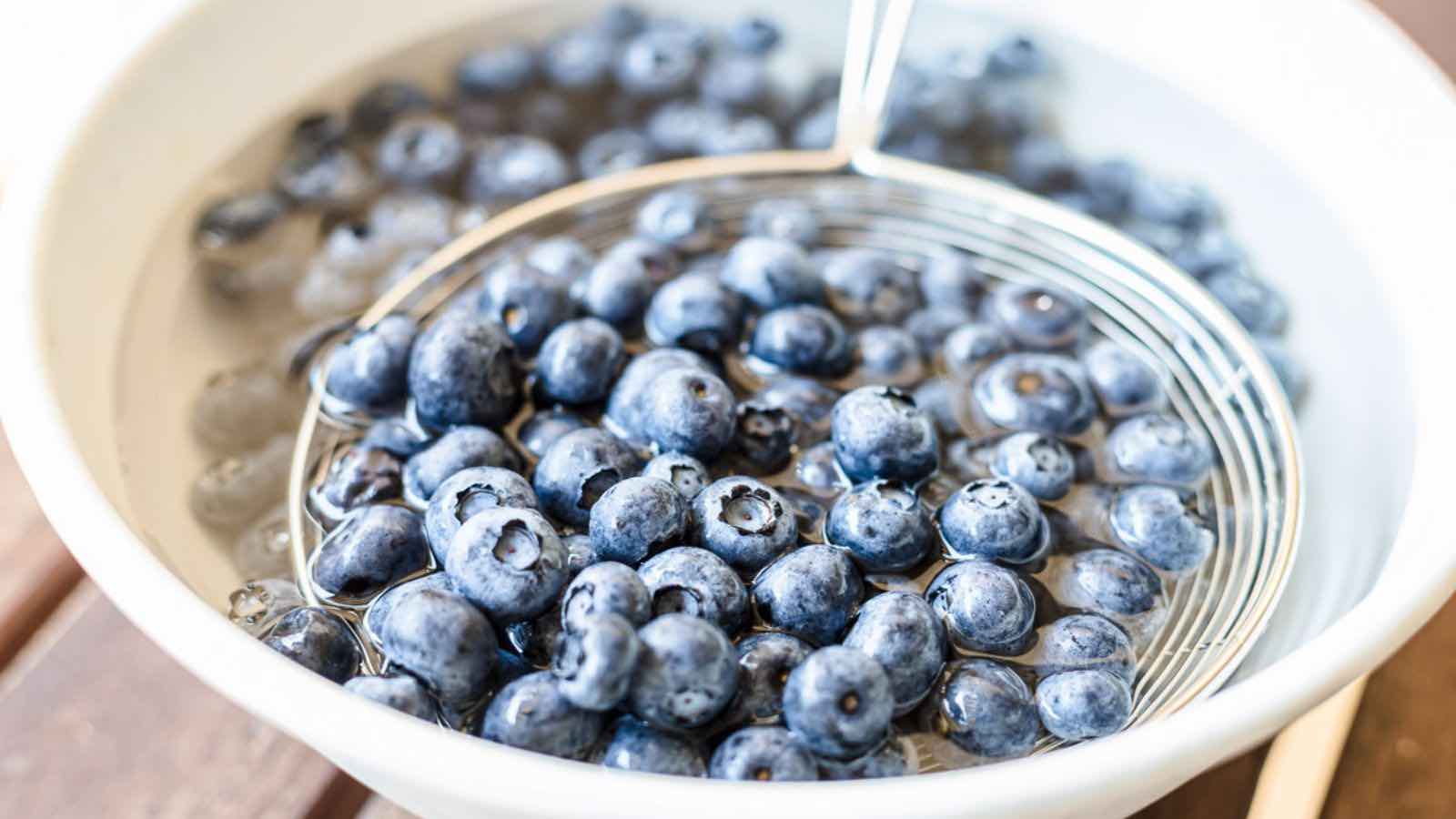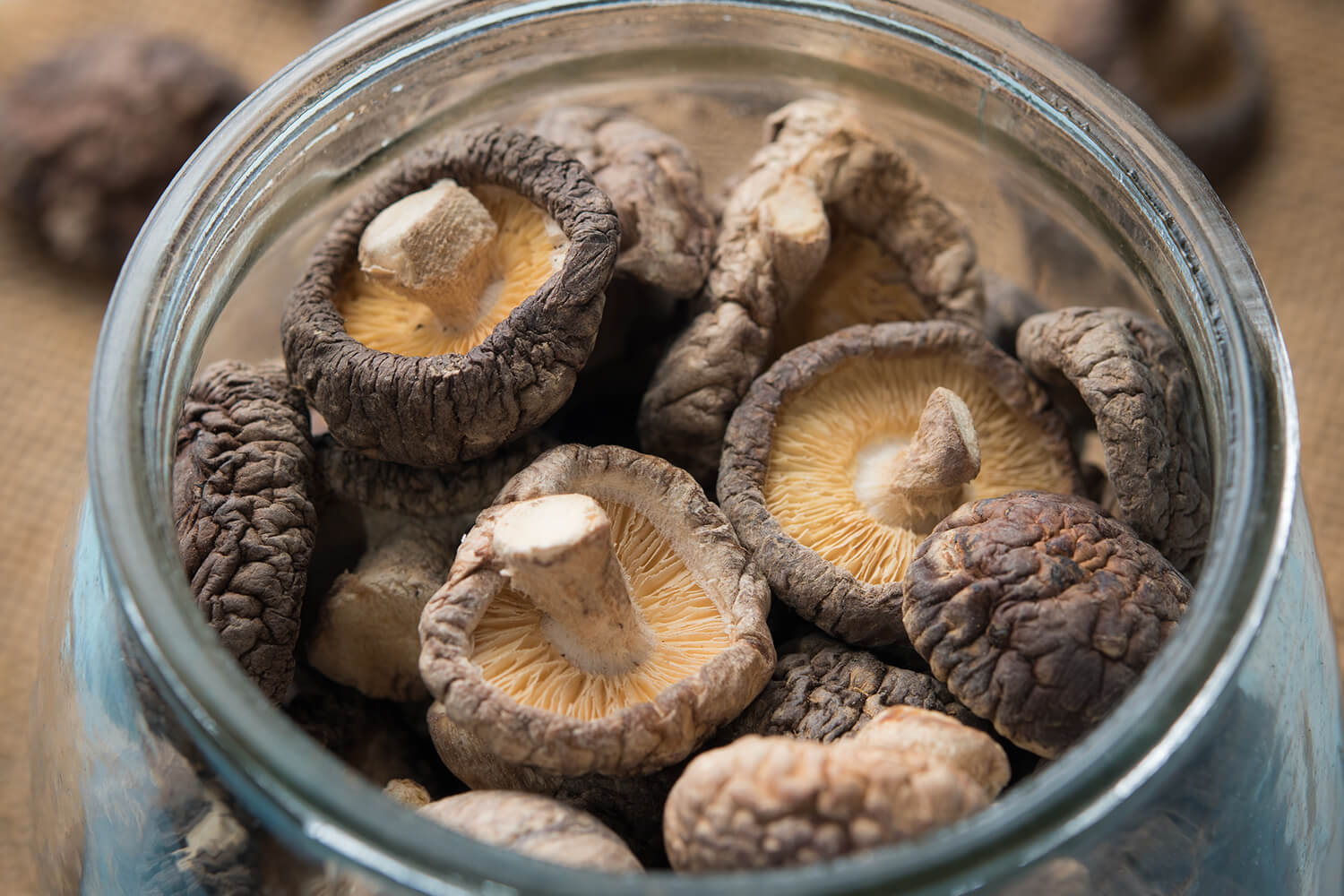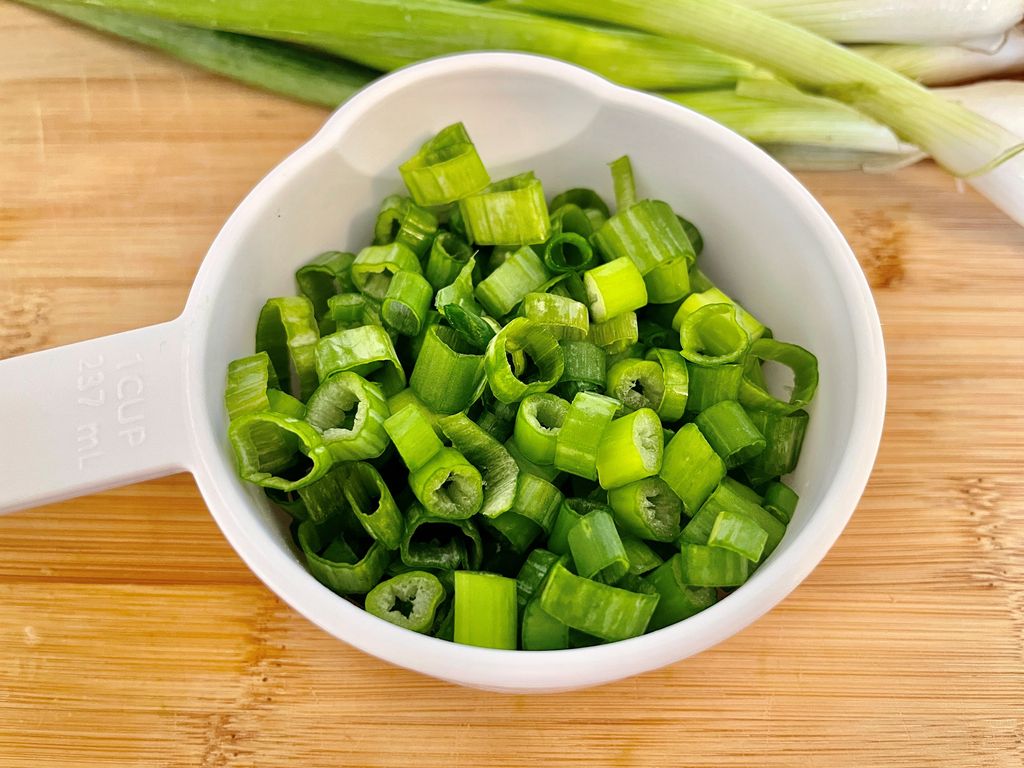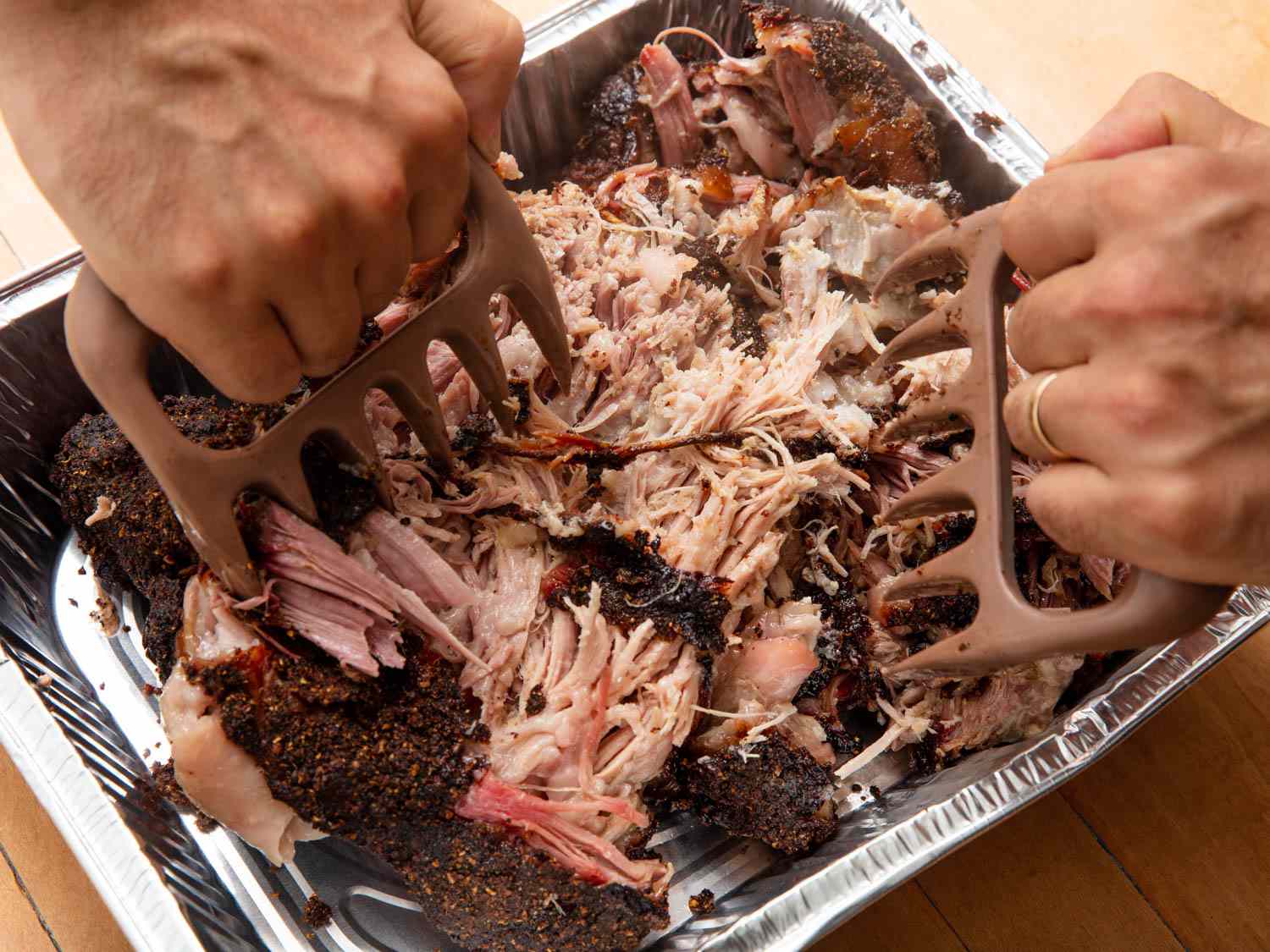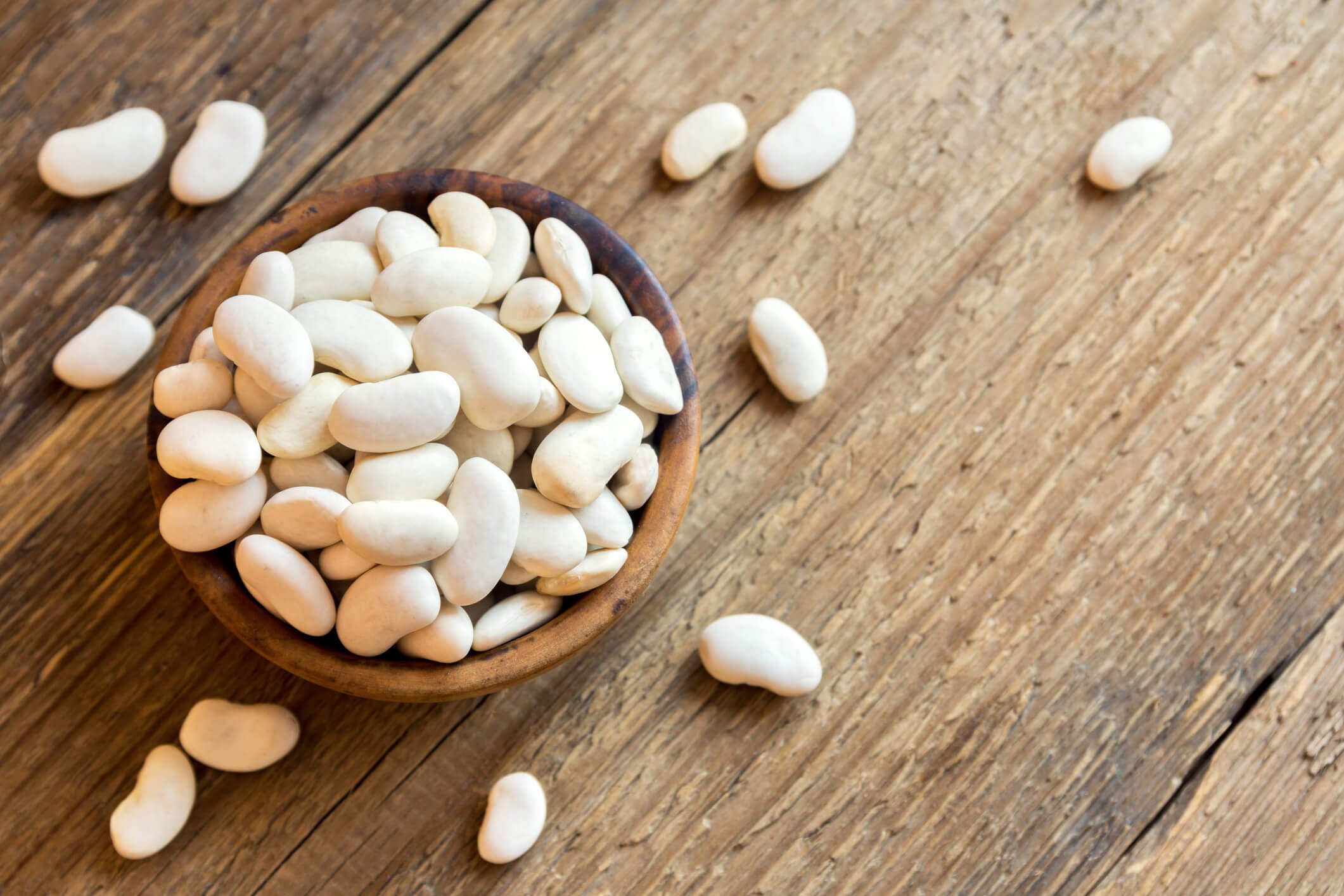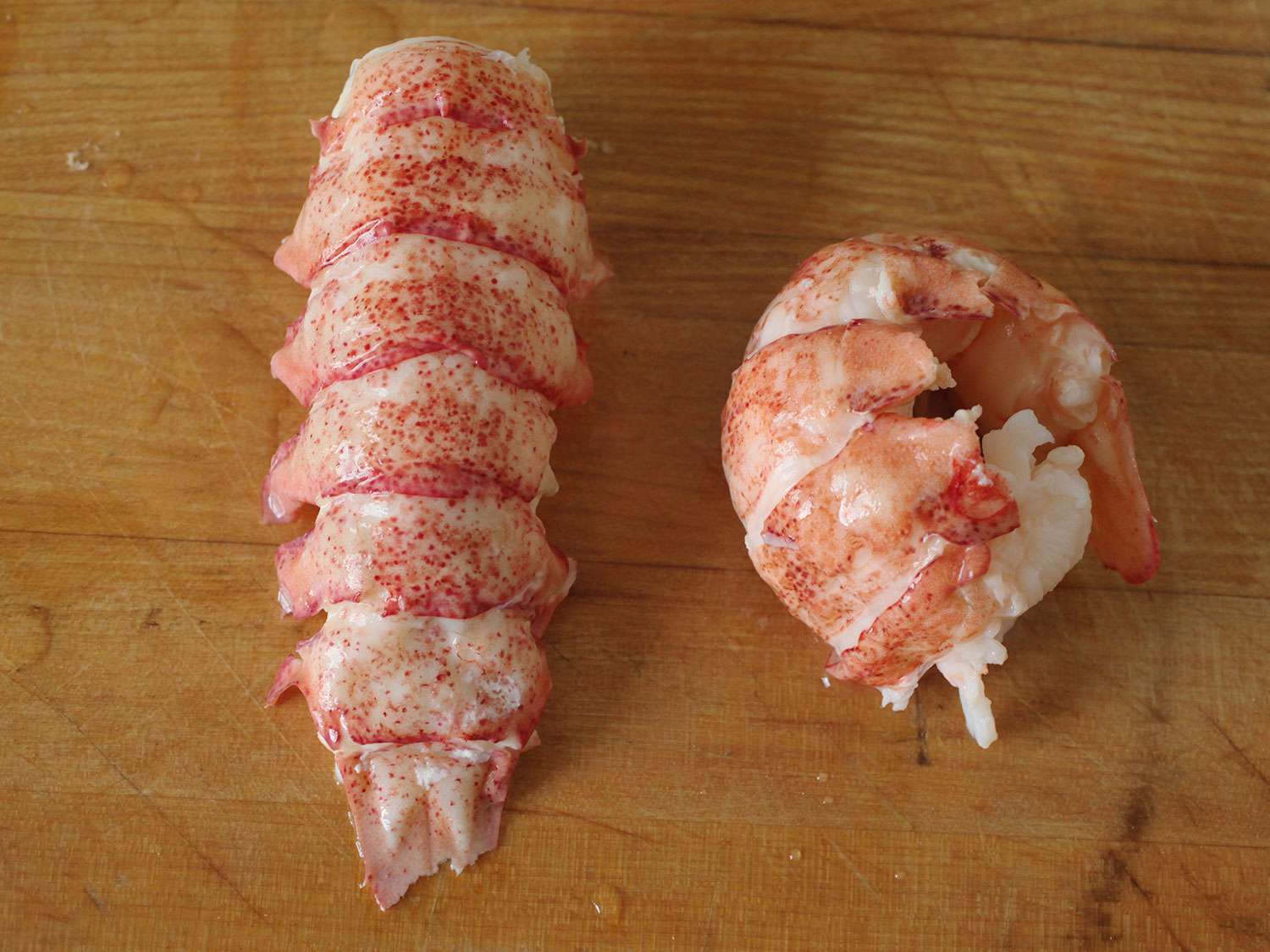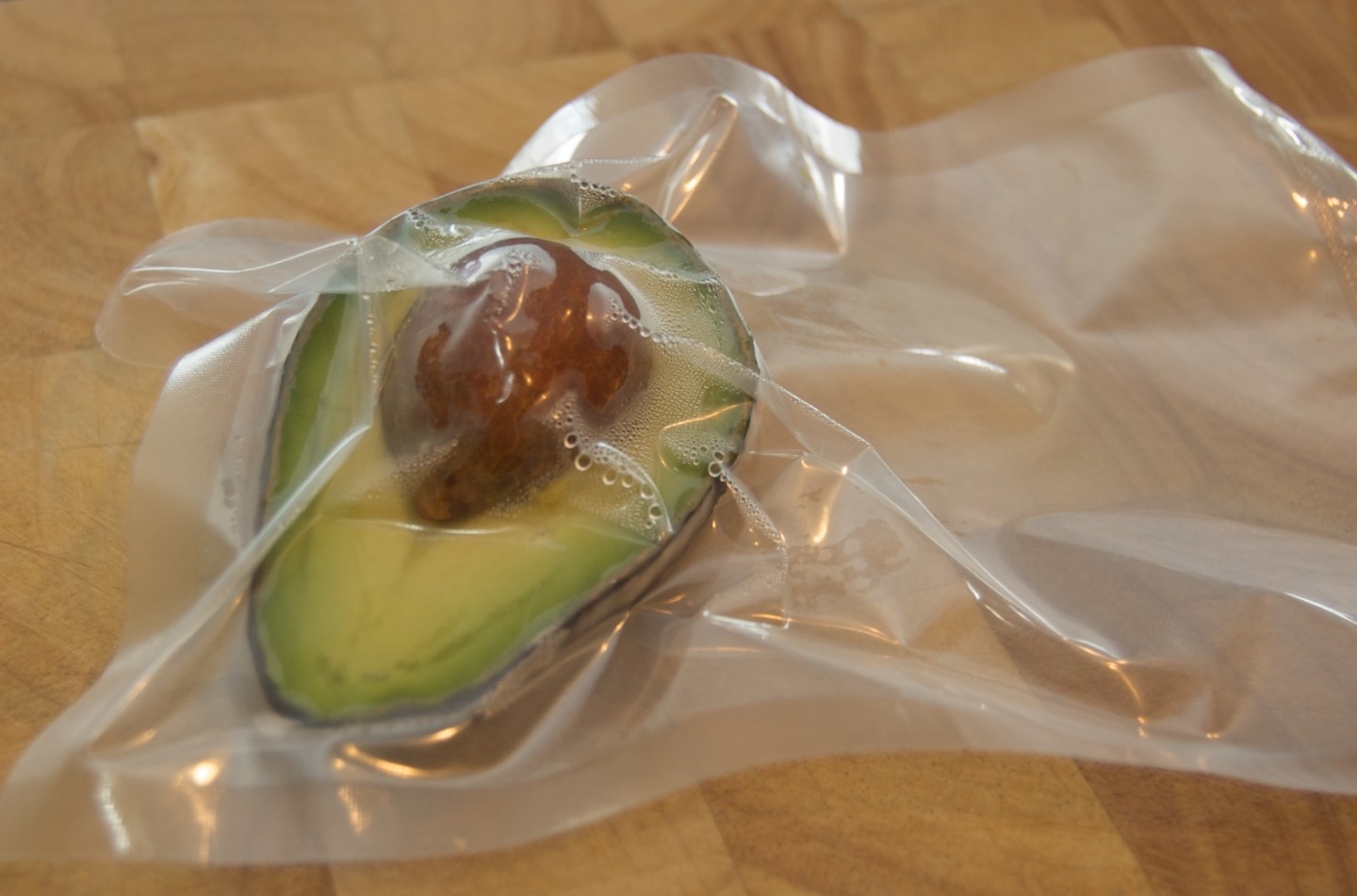Preserving Your Summer Sausage: A Guide to Vacuum Sealing
Summer sausage is a delicious and versatile meat that can be enjoyed in a variety of ways. Whether you’re making your own summer sausage at home or buying it from a store, it’s important to know how to properly preserve it to maintain its freshness and flavor. One popular method for preserving summer sausage is vacuum sealing. Vacuum sealing not only helps to extend the shelf life of the sausage but also keeps it free from freezer burn and other forms of spoilage. In this guide, we’ll walk you through the steps of vacuum sealing your summer sausage to ensure it stays fresh and delicious for as long as possible.
What You’ll Need
Before you begin the vacuum sealing process, it’s important to gather all the necessary supplies. Here’s what you’ll need:
- Summer sausage
- Vacuum sealer machine
- Vacuum sealing bags or rolls
- Permanent marker
Steps to Vacuum Seal Summer Sausage
Now that you have all the necessary supplies, it’s time to start vacuum sealing your summer sausage. Follow these steps for best results:
- Prepare the Sausage: Ensure that your summer sausage is fully cooled before vacuum sealing. If you’ve just made it, allow it to cool to room temperature before proceeding.
- Cut the Sausage: If your summer sausage is in a large piece, consider cutting it into smaller portions that are suitable for vacuum sealing. This will make it easier to store and use later on.
- Prepare the Bags: Cut the vacuum sealing bag or roll to the desired length, leaving extra space at the top for sealing. Seal one end of the bag using the vacuum sealer machine, following the manufacturer’s instructions.
- Place the Sausage in the Bag: Carefully place the prepared summer sausage pieces into the sealed vacuum bag, making sure not to overfill the bag. Leave enough space at the top for sealing.
- Seal the Bag: Once the sausage is in the bag, use the vacuum sealer machine to remove the air from the bag and create a tight seal. Again, follow the instructions provided with your specific machine for best results.
- Label the Bag: Use a permanent marker to label the sealed bag with the date of sealing. This will help you keep track of the sausage’s freshness and ensure you use the oldest sausage first.
- Store the Sealed Sausage: Once vacuum sealed and labeled, store the sausage in the refrigerator or freezer, depending on when you plan to use it. Proper storage is key to maintaining the sausage’s quality.
Tips for Vacuum Sealing Summer Sausage
Here are some additional tips to keep in mind when vacuum sealing your summer sausage:
- Use Fresh Sausage: For the best results, use fresh summer sausage that has been properly cooked and cooled before vacuum sealing.
- Avoid Overfilling: Be mindful not to overfill the vacuum sealing bags, as this can make it difficult to create a proper seal.
- Remove Excess Air: Take the time to ensure that as much air as possible is removed from the bag before sealing. This will help extend the sausage’s shelf life.
- Monitor for Leaks: After sealing the bags, check for any signs of leaks or air pockets. Reseal if necessary to maintain the sausage’s freshness.
- Store Properly: Whether in the refrigerator or freezer, store the vacuum-sealed sausage away from strong odors and in a consistently cold environment for best results.
Enjoy Fresh Summer Sausage Anytime
By following these simple steps and tips, you can ensure that your summer sausage stays fresh and delicious for an extended period. Whether you’re preparing for a special occasion or simply want to have a tasty snack on hand, vacuum sealing your summer sausage is a convenient and effective way to preserve its quality. With the right tools and techniques, you can enjoy the rich flavors of summer sausage anytime you like.
Was this page helpful?
Read Next: How To Vacuum Seal Cake
